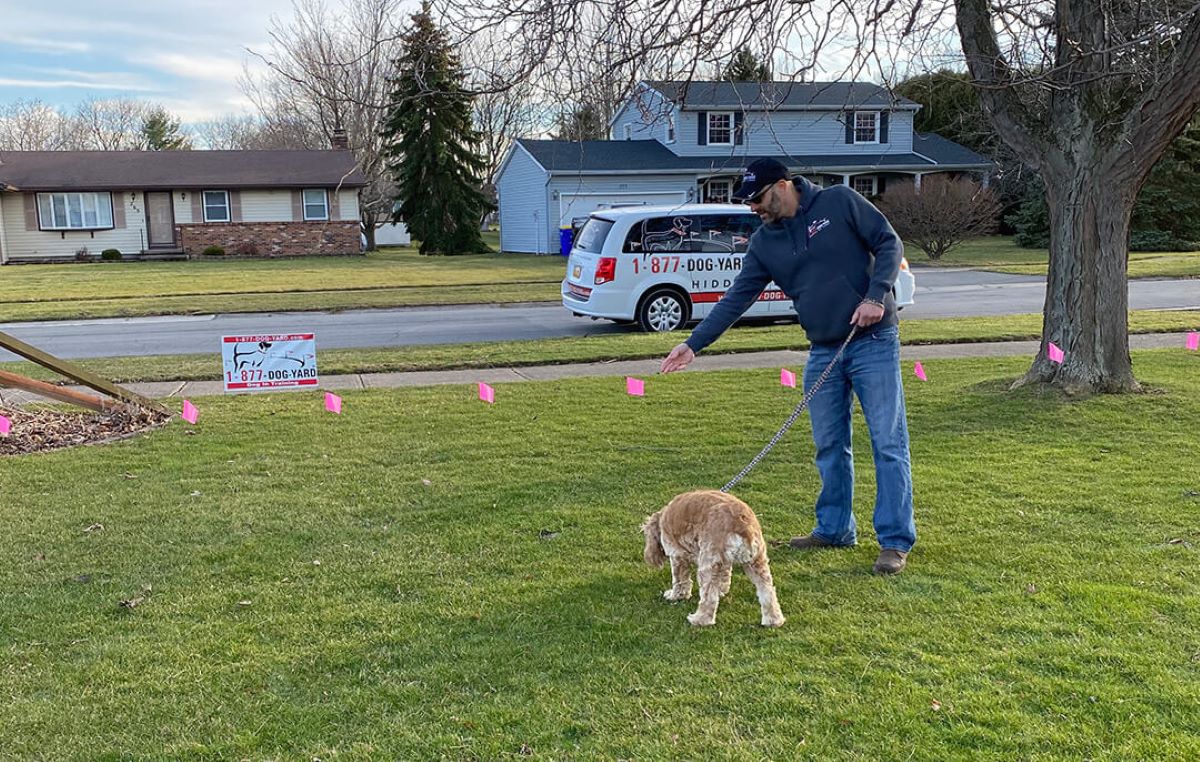

Articles
How To Train A Dog On An Invisible Fence
Modified: February 23, 2024
Learn effective techniques for training your dog to safely navigate an invisible fence with our informative articles.
(Many of the links in this article redirect to a specific reviewed product. Your purchase of these products through affiliate links helps to generate commission for Storables.com, at no extra cost. Learn more)
Introduction
Welcome to this comprehensive guide on how to train a dog on an invisible fence. If you’re a dog owner looking for a safe and effective way to contain your furry friend within your property boundaries, an invisible fence can be an excellent solution. In this article, we will explore the ins and outs of invisible fences and provide you with step-by-step instructions on how to train your dog to respect these boundaries.
An invisible fence, also known as an underground or electric fence, is a pet containment system that uses a boundary wire buried underground or a wireless signal to create an invisible boundary. When your dog approaches this boundary, a receiver collar worn by your dog emits a warning sound or a mild static correction to deter them from crossing the boundary.
While invisible fences can be a valuable tool, it’s important to note that they are not suitable for all dogs or all situations. Some dogs may require alternative training methods, and it’s crucial to properly introduce and train your dog to ensure their safety and wellbeing. Additionally, invisible fences should never replace human supervision and should always be used in conjunction with regular obedience training.
In this guide, we will walk you through the process of selecting the right invisible fence system for your dog, preparing your dog for training, and implementing a step-by-step training process. We’ll cover setting boundaries, teaching boundaries, reinforcing training with positive reinforcement, and troubleshooting common challenges that may arise. We’ll also discuss the gradual transition to off-leash supervision and provide tips for ongoing training and maintenance.
Training your dog on an invisible fence can provide them with the freedom to roam within your property while ensuring their safety. With the right training approach and consistent reinforcement, you can establish clear boundaries for your dog and have peace of mind knowing that they will stay within the designated area. So, let’s dive in and learn how to train your dog on an invisible fence!
Key Takeaways:
- Training your dog on an invisible fence requires patience, positive reinforcement, and consistency. It’s a gradual process that prioritizes your dog’s safety and well-being while providing them with the freedom to roam within a safe area.
- Ongoing training and maintenance are essential for the success of an invisible fence system. Regular reinforcement, periodic refresher sessions, and careful monitoring of your dog’s behavior ensure a safe and effective containment system.
Read more: How To Train A Dog On An Electric Fence
Understanding Invisible Fences
Before delving into the training process, it’s important to have a clear understanding of how invisible fences work and the different types available. There are two main types of invisible fences: wired and wireless.
Wired invisible fences consist of a boundary wire buried underground, creating a virtual perimeter. The boundary wire is connected to a transmitter, which sends a signal to the receiver collar worn by your dog. When your dog approaches the boundary, the collar receives the signal and emits a warning sound or a mild static correction, depending on the settings.
On the other hand, wireless invisible fences use radio frequency technology to create a circular boundary zone. The transmitter emits a signal and, when your dog approaches the boundary, the receiver collar activates, providing a warning signal or correction. Wireless fences are easier to set up as they do not require burying wires; however, they may be less precise in boundary detection compared to wired fences.
Both types of invisible fences offer customizable boundary zones, allowing you to create a designated area for your dog. It’s important to carefully measure and plan the boundaries to ensure they are within your property lines and provide enough space for your dog to roam comfortably.
While invisible fences can be effective in containing your dog, it’s important to note that they have limitations. They are designed to deter dogs from crossing the boundaries, but they do not physically prevent them from doing so. Dogs in a highly excited state or experiencing intense distractions may temporarily ignore the warnings and cross the boundaries. Therefore, it’s essential to train your dog and provide additional supervision to ensure their safety.
Another crucial aspect of understanding invisible fences is the role of the receiver collar. These collars are specially designed to deliver a warning sound or correction when your dog approaches the boundary. It’s important to choose a collar that is suitable for your dog’s size, breed, and temperament. Some collars offer adjustable settings to customize the level of correction, ensuring that it is safe and effective for your dog.
Now that we have a solid understanding of how invisible fences work and the different types available, let’s move on to selecting the right invisible fence system for your dog.
Selecting the Right Invisible Fence System
When it comes to selecting an invisible fence system for your dog, there are several factors to consider to ensure you choose the right one for your specific needs and your dog’s temperament. Here are some key considerations:
1. Size of Your Property: Assess the size of your property and the area where you want to create boundaries for your dog. This will help determine whether a wired or wireless fence is more suitable. Wired fences are better for larger properties, while wireless fences are easier to install in smaller areas.
2. Dog’s Size and Breed: Different invisible fence systems come with different collar sizes and strengths of correction. Consider your dog’s size, breed, and temperament when selecting a system to ensure the collar is appropriate and the correction level is suitable.
3. Training Features: Look for an invisible fence system that offers various training features to help you effectively train your dog. These may include remote training options, training flags, and different correction levels that can be adjusted according to your dog’s response and progress.
4. Durability and Waterproof: Dogs are active and may encounter various weather conditions. Ensure that the invisible fence system, including the collar and transmitter, is durable and waterproof to withstand outdoor use.
5. Battery Life and Charging: Consider the battery life of the receiver collar and the ease of charging it. Look for systems with rechargeable batteries or long-lasting batteries to avoid frequent replacements.
6. Installation and Maintenance: Evaluate the installation process of the system. Wired systems may require digging and burying the boundary wire, while wireless systems usually require minimal setup. Additionally, consider the maintenance requirements of the system, such as changing batteries and checking the boundary wire for any damages.
7. Customer Reviews and Reputation: Read customer reviews and research the reputation of the invisible fence system you’re considering. Look for feedback on its effectiveness, durability, and customer support to ensure you’re investing in a reliable product.
By considering these factors, you can narrow down your options and choose an invisible fence system that suits your specific requirements. Remember, selecting the right system is just the first step. Proper training and consistency are key to ensuring your dog understands and respects the boundaries set by the invisible fence. In the next section, we will discuss the process of preparing your dog for training.
Preparing Your Dog for Training
Before you begin the training process with an invisible fence, it’s important to properly prepare your dog. This preparation phase will help set the foundation for successful training and ensure a positive and stress-free experience for your furry friend. Here are some steps to follow when preparing your dog for invisible fence training:
1. Obedience Training: Ensure your dog has a good understanding of basic obedience commands such as “sit,” “stay,” and “come.” Obedience training will establish a strong communication between you and your dog, making the training process for the invisible fence more effective.
2. Positive Reinforcement: Familiarize your dog with positive reinforcement training methods. Use treats, praise, and rewards to encourage desired behaviors during obedience training. This positive association will help your dog understand that following instructions leads to positive outcomes.
3. Familiarize with Collar: Introduce your dog to the receiver collar they will be wearing during the invisible fence training. Allow them to sniff and investigate the collar, then put it on for short periods of time to get them used to wearing it comfortably. Gradually increase the duration the collar is worn each day.
4. Recognize Boundaries: Begin teaching your dog about boundaries in a controlled environment. Use physical barriers or visual cues like training flags to indicate boundaries. Guide your dog away from these boundaries and reward them for staying within the designated area.
5. Leash Training: Ensure your dog is comfortable walking on a leash, as it will be necessary during the initial training stages of the invisible fence. Practice leash walking and reinforce loose leash walking behaviors to establish good control and to prevent your dog from approaching the boundaries during training.
6. Desensitization: Gradually expose your dog to potential distractions they may encounter near the invisible fence boundaries, such as squirrels, other animals, or loud noises. This will help your dog learn to focus and stay within the boundaries even with distractions present.
7. Patience and Consistency: Remember that every dog is unique and may require different amounts of time to adjust and learn. Be patient and consistent with your training efforts, and always use positive reinforcement to motivate and reward your dog for progress.
By following these steps and adequately preparing your dog, you can create a solid foundation for the invisible fence training process. In the next section, we will dive into the step-by-step training process to help your dog understand and respect the boundaries set by the invisible fence.
Step-by-Step Training Process
Training your dog on an invisible fence requires a step-by-step approach to ensure that they understand and respect the boundaries. Follow these steps to effectively train your dog:
1. Boundary Introduction: Begin by introducing your dog to the boundaries of the invisible fence using training flags or other visual markers. Walk your dog around the perimeter, allowing them to explore but keeping them within the designated area. Use positive reinforcement and treats to reward your dog for staying within the boundaries.
2. Warning Zone Introduction: Set your invisible fence system to create a warning zone just beyond the boundaries. As your dog approaches this zone, the receiver collar will emit a warning sound. Walk your dog on a leash and allow them to experience the warning sound while redirecting them back into the safe area. Reward your dog for responding to the warning sound and moving away from the boundary.
3. Static Correction Introduction: Once your dog is familiar with the warning zone, set up the invisible fence system to include a low level of static correction. Again, walk your dog on a leash and allow them to approach the boundary. When the dog enters the correction zone and experiences the static correction, calmly guide them back into the safe area. Repeat this process, gradually increasing the level of correction as your dog becomes more accustomed to it.
4. Consistent Training Sessions: Conduct several short training sessions throughout the day to reinforce the boundaries. Keep the training sessions positive and rewarding, gradually increasing the duration of each session. Be consistent with your commands and boundaries, reinforcing them with positive reinforcement and redirecting your dog when necessary.
5. Off-Leash Supervision: Once your dog consistently responds to the warning sound and static correction while on a leash, you can begin allowing off-leash supervision within the boundaries. Stay attentive and observe your dog’s behavior, providing immediate guidance if they approach the boundary. Always reinforce positive behaviors and redirect them if they show signs of crossing the boundary.
6. Gradual Removal of Flags: As your dog becomes more comfortable with the invisible fence and consistently respects the boundaries, you can start removing the training flags. Remove them gradually, one by one, while maintaining supervision and reinforcing boundaries through positive reinforcement and redirection.
7. Continued Reinforcement: Ongoing training and reinforcement are essential to ensure that your dog continues to respect the invisible fence boundaries. Conduct periodic supervised training sessions, reinforce positive behaviors, and address any potential challenges or boundary-related issues that may arise.
Following this step-by-step training process will help your dog understand and respect the boundaries created by the invisible fence system. Remember to always prioritize your dog’s safety and well-being during the training process, and consult with a professional dog trainer if you encounter difficulties or have specific concerns.
Read more: How Does Invisible Fence Work
Setting Boundaries and Teaching Boundaries
When training your dog on an invisible fence, setting clear boundaries and effectively teaching them these boundaries are crucial for their understanding and compliance. Here are important steps to set and teach boundaries:
1. Mapping Out Boundaries: Begin by mapping out the boundaries of the invisible fence system. This can be done by using the boundary wire for a wired fence or setting the virtual boundary for a wireless fence. Ensure that the boundaries are clearly marked with training flags or other visual cues for your dog to recognize.
2. Walking the Boundaries: Walk your dog, on a leash, along the entire perimeter of the boundaries while using the training flags as a visual guide. Let your dog become familiar with the boundaries by allowing them to investigate and sniff around. Use positive reinforcement, such as treats and praise, to reward them for staying within the boundaries.
3. Consistent Commands: Establish clear verbal commands to use when teaching your dog about the boundaries. For example, you can use the command “Stay” or “Boundary” to indicate that they should not cross a certain point. Be consistent in using these commands during the training process to help your dog understand and associate them with staying within the boundaries.
4. Redirection and Positive Reinforcement: If your dog shows signs of approaching or crossing the boundaries, gently redirect them back into the safe area using the leash. Whenever your dog respects and stays within the boundaries, provide positive reinforcement through treats, praise, and affection. This will reinforce the desired behavior and help your dog associate staying within the boundaries with positive outcomes.
5. Gradual Freedom: Once your dog demonstrates understanding and consistency in respecting the boundaries while on a leash, you can gradually increase their freedom by giving them more slack on the leash. Allow them to explore the designated area while still maintaining control and ready to redirect them if needed.
6. Controlled Distractions: Introduce controlled distractions near the boundaries to test your dog’s response and reinforce their understanding of the boundaries. This can include things like throwing a ball or having another person walk by. Use the verbal commands and positive reinforcement to guide your dog to stay within the boundaries even with distractions present.
7. Supervision and Correction: During the training phase, it’s important to provide supervision and correction if your dog shows signs of attempting to cross the boundaries. This may involve gently pulling them back using the leash or using verbal commands to redirect their attention back into the safe area. Consistency and immediate correction will help reinforce the boundaries.
Remember that teaching boundaries and ensuring your dog understands and respects them takes time and patience. Each dog is unique, so be prepared for individual differences in learning speed and adaptability. Consistency, positive reinforcement, and clear communication are key factors in successfully setting and teaching boundaries to your dog on an invisible fence.
When training a dog on an invisible fence, start by introducing the dog to the boundary flags and using positive reinforcement to teach them to associate the warning beep with the boundary. Gradually introduce the static correction and always supervise the dog during training.
Reinforcing Training with Positive Reinforcement
Positive reinforcement is a powerful tool when it comes to reinforcing training and ensuring your dog’s understanding and compliance with the boundaries established by an invisible fence. By using positive reinforcement techniques, you can create a positive association with staying within the boundaries and further strengthen your dog’s training. Here are some tips for reinforcing training with positive reinforcement:
1. Use Rewards: Rewards are a great motivator for dogs. Whenever your dog stays within the boundaries or responds to your commands, provide immediate rewards such as treats, verbal praise, or playtime. This positive association with staying within the boundaries will encourage your dog to repeat the desired behavior.
2. Timing is Key: It’s important to provide rewards immediately after your dog exhibits the desired behavior. This will help them make the connection between their action and the reward. Delayed rewards may cause confusion and make it difficult for your dog to understand what they are being rewarded for.
3. Vary Rewards: While treats can be effective, it’s important to vary the rewards to keep your dog engaged and motivated. Use a combination of treats, verbal praise, petting, and playtime to reinforce their good behavior. This will prevent your dog from becoming solely dependent on treats and ensure that they respond to various forms of positive reinforcement.
4. Verbal Praise: Dogs thrive on praise and positive attention from their owners. Use a happy and enthusiastic tone of voice to provide verbal praise when your dog stays within the boundaries or follows your commands. Let them know they’re doing a great job and reinforce their positive behavior with your words.
5. Clicker Training: Consider incorporating clicker training into the process. A clicker is a small device that makes a distinct clicking sound, which you can pair with treats and verbal praise. Clicking at the exact moment your dog exhibits the desired behavior helps them associate the sound with the reward, making the training process more effective.
6. Consistency is Key: Consistency is crucial when using positive reinforcement. Ensure that everyone in your household follows the same rules and provides consistent rewards for your dog’s good behavior. Inconsistency may confuse your dog and hinder the training progress.
7. Gradual Reduction of Rewards: As your dog becomes more adept at staying within the boundaries and consistently follows your commands, gradually reduce the frequency of rewards. Transition from rewarding every time to intermittent reinforcement. This will help maintain their motivation while reinforcing the learned behavior.
8. Patience and Persistence: Each dog is different, and the training process may take time, patience, and persistence. It’s important to remain positive and consistent in your training efforts. Celebrate even small achievements and continue to reinforce the desired behavior to build a strong foundation for your dog’s understanding of the boundaries.
By reinforcing training with positive reinforcement, you create a positive and rewarding environment for your dog. With time and consistent reinforcement, your dog will not only understand but also internalize the importance of staying within the boundaries set by the invisible fence system.
Troubleshooting Common Challenges
Training a dog on an invisible fence is a process that comes with its own set of challenges. Understanding and troubleshooting these challenges can help ensure the training process is smooth and effective. Here are some common challenges that you may encounter and tips on how to address them:
1. Fear or Anxiety: Some dogs may exhibit fear or anxiety when first introduced to the invisible fence system. This can manifest as reluctance to approach the boundaries or even fear-related behaviors. To address this, take a step back and focus on building your dog’s confidence. Gradually introduce them to the boundaries by using positive reinforcement, rewards, and patience. If necessary, consult with a professional dog trainer or behaviorist for additional guidance.
2. Boundary Confusion: Occasionally, dogs may become confused about the boundaries, especially in the early stages of training. To address this, consistently reinforce the boundaries through visual cues, training flags, and verbal commands. Be patient and consistent in redirecting your dog back into the safe area whenever they approach or cross the boundaries. Reinforce the correct behavior with positive rewards to strengthen their understanding.
3. Distractions and Temptations: Dogs are naturally curious and may be tempted to cross the boundaries when there are distractions present, such as squirrels, other animals, or enticing smells. To address this, focus on impulse control training and gradually introduce controlled distractions during training sessions. Use positive reinforcement and redirect your dog’s attention back to the designated area. With time and consistent practice, your dog will learn to resist these temptations and stay within the boundaries.
4. Inconsistent Training: Inconsistency in training can cause confusion for your dog. Ensure that all family members or caregivers are on the same page and consistently reinforce the training. Use the same verbal commands and reward system to avoid confusion. Additionally, establish a regular training schedule and stick to it to maintain consistency in the training process.
5. Gradual Increase in Correction Level: As your dog gets accustomed to the invisible fence system, it may become desensitized to the initial static correction level. Gradually increase the correction level only if necessary and in consultation with the fence system’s manufacturer’s guidelines. However, always prioritize your dog’s well-being and avoid using excessive or unnecessary correction. Remember, the goal is to train your dog to understand and respect the boundaries, not to create fear or discomfort.
6. Reinforce Training Periodically: Even after your dog has successfully learned the boundaries, it’s important to periodically reinforce the training. Conduct refresher training sessions and provide occasional reminders using visual cues or training flags. Continually reward and reinforce positive behavior to ensure that your dog maintains their understanding and compliance with the invisible fence system.
7. Seek Professional Help: If you encounter persistent challenges or if you feel uncertain about your training approach, don’t hesitate to seek professional help. A qualified dog trainer or behaviorist can provide valuable guidance and personalized solutions to address specific challenges you may be facing during the training process.
Remember that every dog is unique, and the training process may require some adjustments along the way. Be patient, persistent, and adaptable in troubleshooting any challenges that arise while training your dog on an invisible fence. With consistent effort and positive reinforcement, you can overcome these challenges and ensure a successful training outcome.
Gradual Transition to Off-Leash Supervision
As your dog becomes more proficient at staying within the boundaries of the invisible fence while on a leash, you can gradually introduce off-leash supervision. This transition should be done methodically and with careful observation to ensure your dog’s safety. Here are some steps to follow when transitioning to off-leash supervision:
1. Assess Your Dog’s Progress: Evaluate your dog’s response and consistency in respecting the boundaries while on a leash. Make sure they have a good understanding and have demonstrated reliable behavior when prompted to stay within the designated area.
2. Choose a Secure and Controlled Environment: Begin the off-leash supervision in a secure, controlled area with minimal distractions. This could be a fenced yard or an enclosed space where you can closely monitor your dog’s behavior.
3. Observe Your Dog’s Behavior: During the initial off-leash sessions, closely observe your dog’s behavior within the invisible fence boundaries. Notice their reactions to distractions, their response to verbal commands, and their overall awareness of the boundary.
4. Provide Verbal Reinforcement and Rewards: Continuously reinforce verbal commands and positive reinforcement to remind your dog to stay within the boundaries. Offer treats, verbal praise, and other rewards for staying within the designated area.
5. Gradually Increase Distractions: Once your dog shows consistent understanding and compliance with off-leash supervision in a controlled environment, gradually introduce distractions. Start with low-level distractions and gradually increase them as your dog becomes more adept at staying within the boundaries.
6. Maintain Vigilance and Intervention: Even as you transition to off-leash supervision, it’s crucial to stay vigilant and ready to intervene if your dog shows signs of crossing the boundaries. Use verbal commands and positive reinforcement to redirect their attention back into the designated area.
7. Supervise Initial Outdoor Activities: When allowing your dog to engage in outdoor activities such as playtime or exploration, maintain close supervision. Gradually increase the duration of these activities over time as your dog demonstrates consistent adherence to the boundaries.
8. Continue Reinforcing Training: Ongoing reinforcement is important to ensure that your dog maintains an understanding and respect for the invisible fence boundaries. Conduct periodic training sessions and provide occasional reminders using verbal cues, training flags, or visual markers.
9. Adjustments and Modifications: Depending on your dog’s progress and behavior, you may need to make adjustments or modifications to the off-leash supervision routine. This could mean increasing the training duration, adjusting the correction level if necessary, or adapting the training approach to address any specific challenges that arise.
Remember, the gradual transition to off-leash supervision requires patience, consistency, and close attention to your dog’s behavior. Every dog is unique, and the pace of the transition may vary. Be flexible and adapt the training process to suit your dog’s needs to ensure a successful transition to off-leash supervision with the invisible fence system.
Read more: Why Is My Invisible Fence Beeping
Continuing Training and Maintenance
Training a dog on an invisible fence is an ongoing process that requires continued effort and maintenance to ensure long-term success. Here are some important aspects to consider when it comes to continuing training and maintaining the invisible fence system:
1. Regular Training Sessions: Schedule regular training sessions to reinforce your dog’s understanding and compliance with the invisible fence boundaries. These sessions can be shorter and less frequent as your dog becomes more accustomed to the system, but periodic reminders and reinforcement are essential to maintain the training.
2. Utilize Refresher Training: Periodically incorporate refresher training sessions to reinforce your dog’s understanding of the boundaries. This can be especially beneficial after extended periods without training or during times when your dog may be more likely to test the boundaries, such as during a change in routine or when there are new distractions present.
3. Consistency and Reinforcement: Stay consistent with your commands and reinforcement. Consistency is key to ensuring your dog continues to understand and respect the boundaries. Regularly reinforce positive behavior with verbal praise, treats, or other rewards to keep the training fresh in their mind.
4. Monitor and Address Challenges: Continuously monitor your dog’s behavior and address any challenges that may arise. This may include troubleshooting any boundary confusion, fear or anxiety, or adjusting the correction level if needed. Seek professional help if necessary to address specific challenges or concerns.
5. Check and Maintain the System: Regularly inspect the invisible fence system for any signs of wear or damage. Check the boundary wire, receiver collar, and transmitter to ensure they are functioning properly. Replace batteries as needed and follow the manufacturer’s instructions for maintenance and care of the system.
6. Introduce New Boundaries Gradually: If you plan to extend or modify the boundaries of your invisible fence system, introduce the new boundaries gradually. Use visual cues such as training flags or temporary fencing to help your dog understand the new boundaries and reinforce training in the expanded area.
7. Be Mindful of Changes in the Environment: Keep in mind that changes in the environment, such as construction work or moving to a new location, can impact your dog’s understanding of the boundaries. Take the time to reintroduce the boundaries and conduct refresher training sessions if necessary to ensure your dog’s continued compliance.
8. Regularly Evaluate Your Dog’s Behavior: Monitor your dog’s behavior to ensure they are respecting the boundaries and not showing signs of trying to escape or cross the boundaries. If you notice any concerning behaviors or changes in their response to the system, consult with a professional trainer or behaviorist for guidance.
Remember, ongoing training and maintenance are key to the success of an invisible fence system. By staying consistent, addressing challenges promptly, and regularly reinforcing your dog’s training, you can maintain a safe and effective containment system that provides your dog with the freedom and security they need.
Conclusion
Congratulations on completing this comprehensive guide on how to train a dog on an invisible fence. By now, you should have a solid understanding of the different types of invisible fences, the steps involved in training your dog, and the importance of positive reinforcement throughout the process.
Training your dog on an invisible fence is a gradual and ongoing process that requires patience, consistency, and the application of positive reinforcement techniques. It’s important to remember that each dog is unique, and the training process may vary based on their breed, temperament, and individual needs.
Throughout the training journey, it is crucial to prioritize your dog’s safety and well-being. Always supervise your dog during the training process and be mindful of any challenges or concerns that may arise. If you encounter difficulties or need additional guidance, don’t hesitate to seek help from a professional trainer or behaviorist who specializes in invisible fence training.
Remember to continue reinforcing the training and periodically conducting refresher sessions to ensure that your dog maintains a strong understanding and respect for the boundaries created by the invisible fence system. Regular maintenance of the system, including checking for wear and tear and replacing batteries as needed, is also important to ensure its effectiveness.
By implementing the step-by-step training process outlined in this guide, you can successfully teach your dog to understand and respect the invisible fence boundaries while providing them with the freedom to explore and play within a safe area.
Training your dog on an invisible fence requires time, patience, and consistency, but the end result is a well-trained dog that can enjoy the benefits of a safe and contained environment. With the right approach and ongoing maintenance, you can provide your furry friend with the freedom they deserve while keeping them safe and secure within your property.
So, best of luck on your journey of training your dog on an invisible fence. Enjoy the process of bonding with your pet and creating a safe space for them to thrive!
Frequently Asked Questions about How To Train A Dog On An Invisible Fence
Was this page helpful?
At Storables.com, we guarantee accurate and reliable information. Our content, validated by Expert Board Contributors, is crafted following stringent Editorial Policies. We're committed to providing you with well-researched, expert-backed insights for all your informational needs.
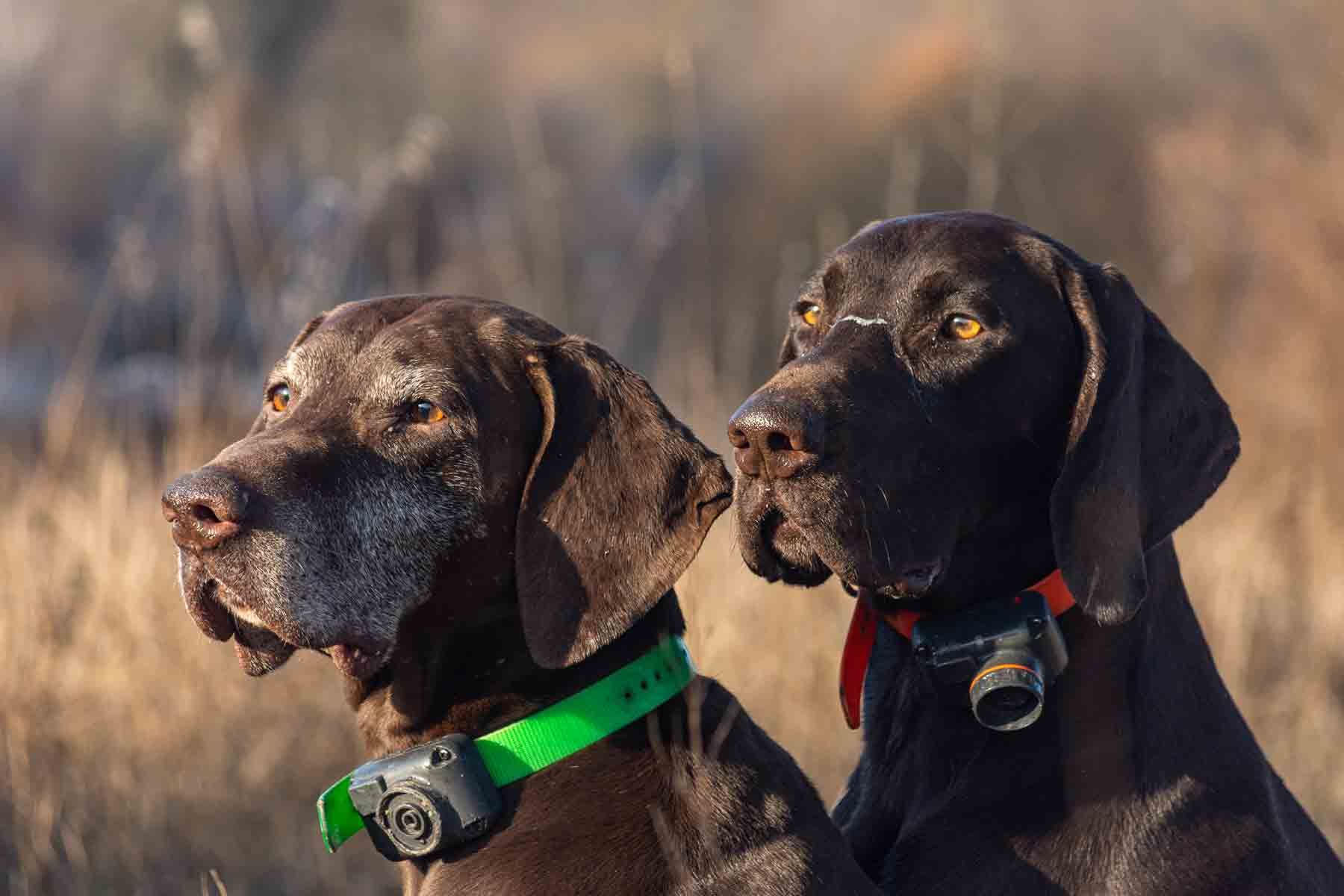
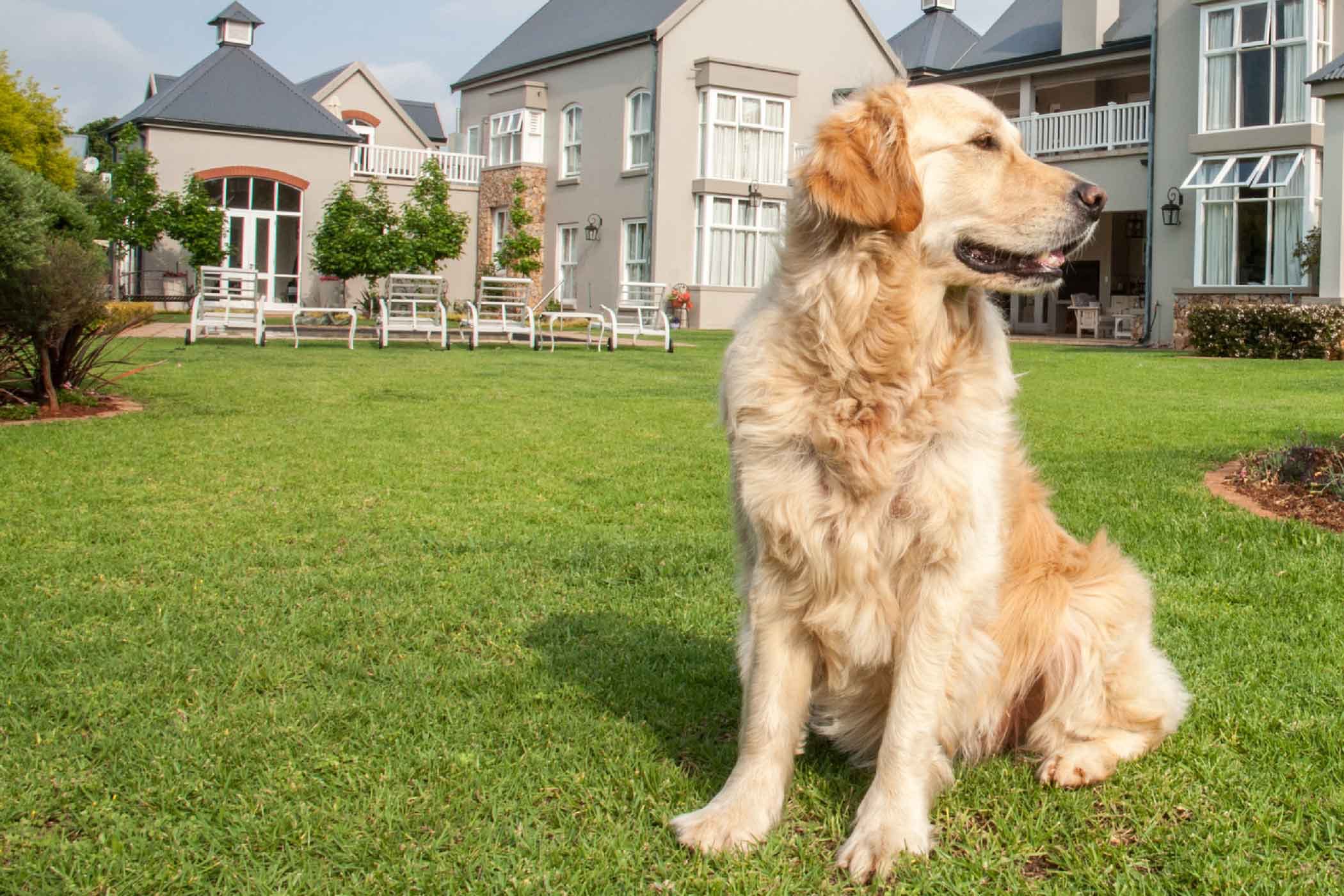
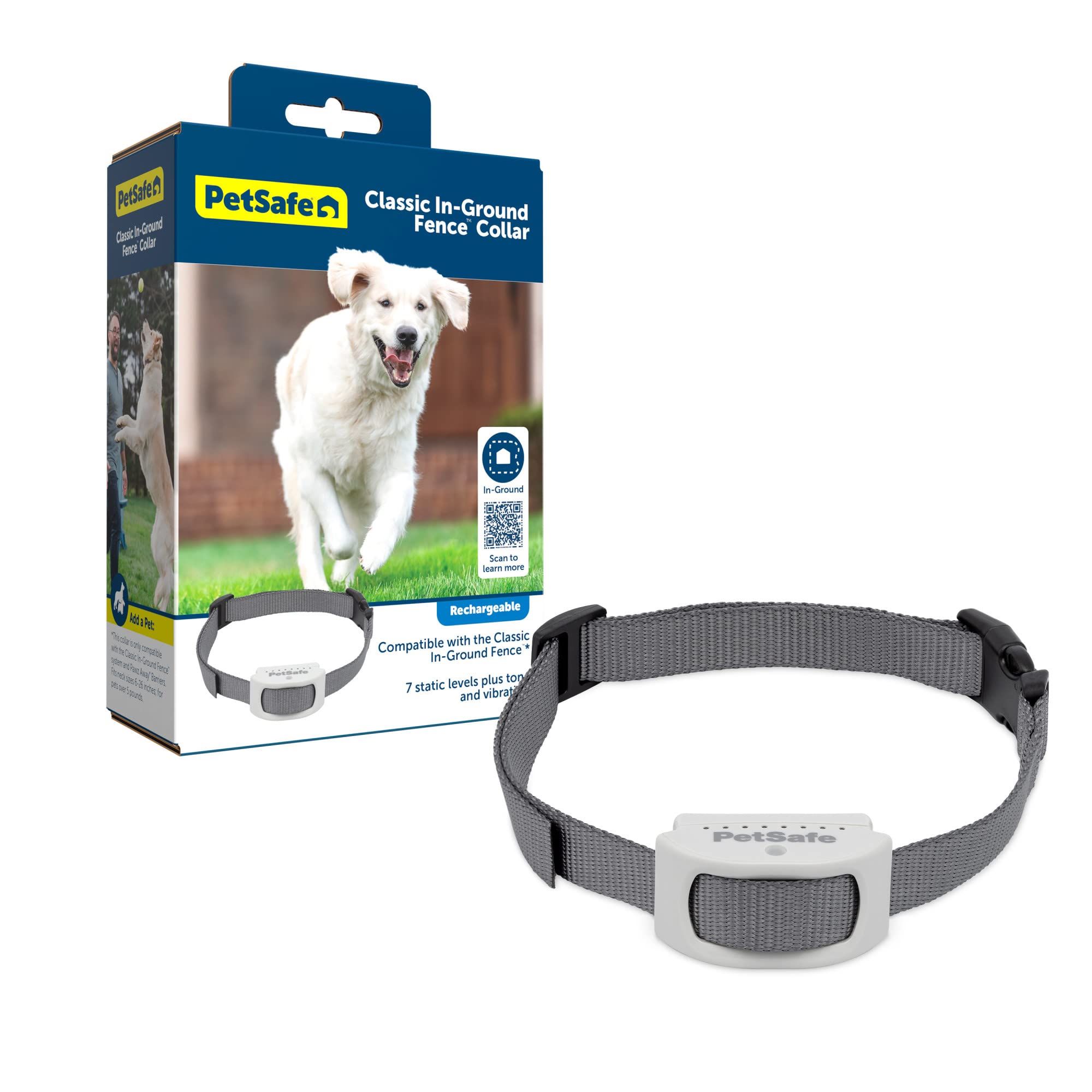
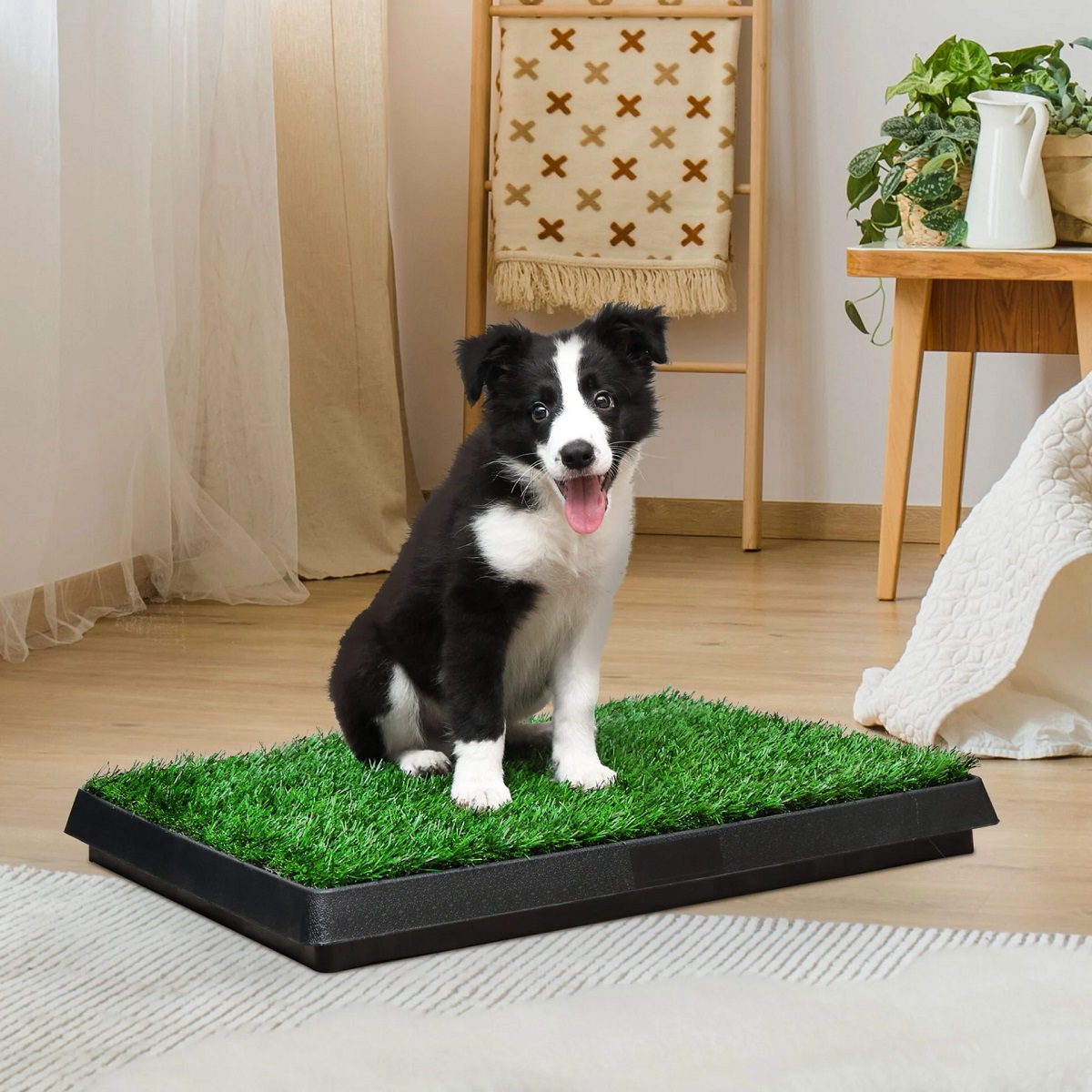
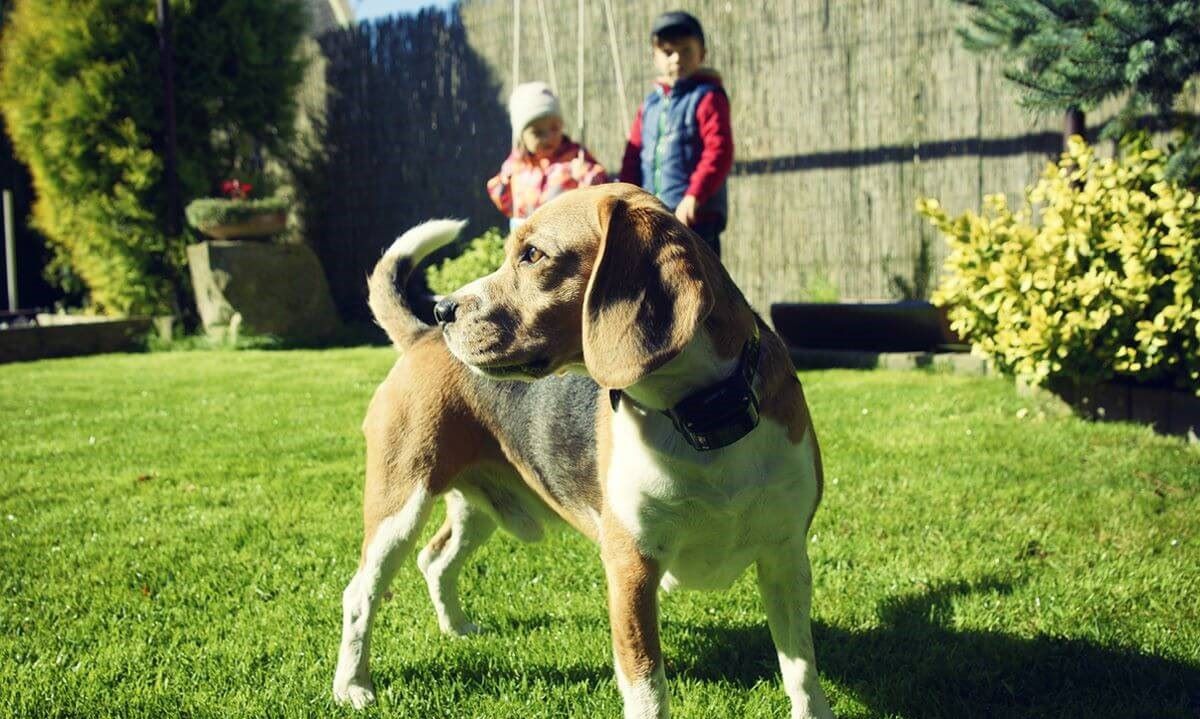
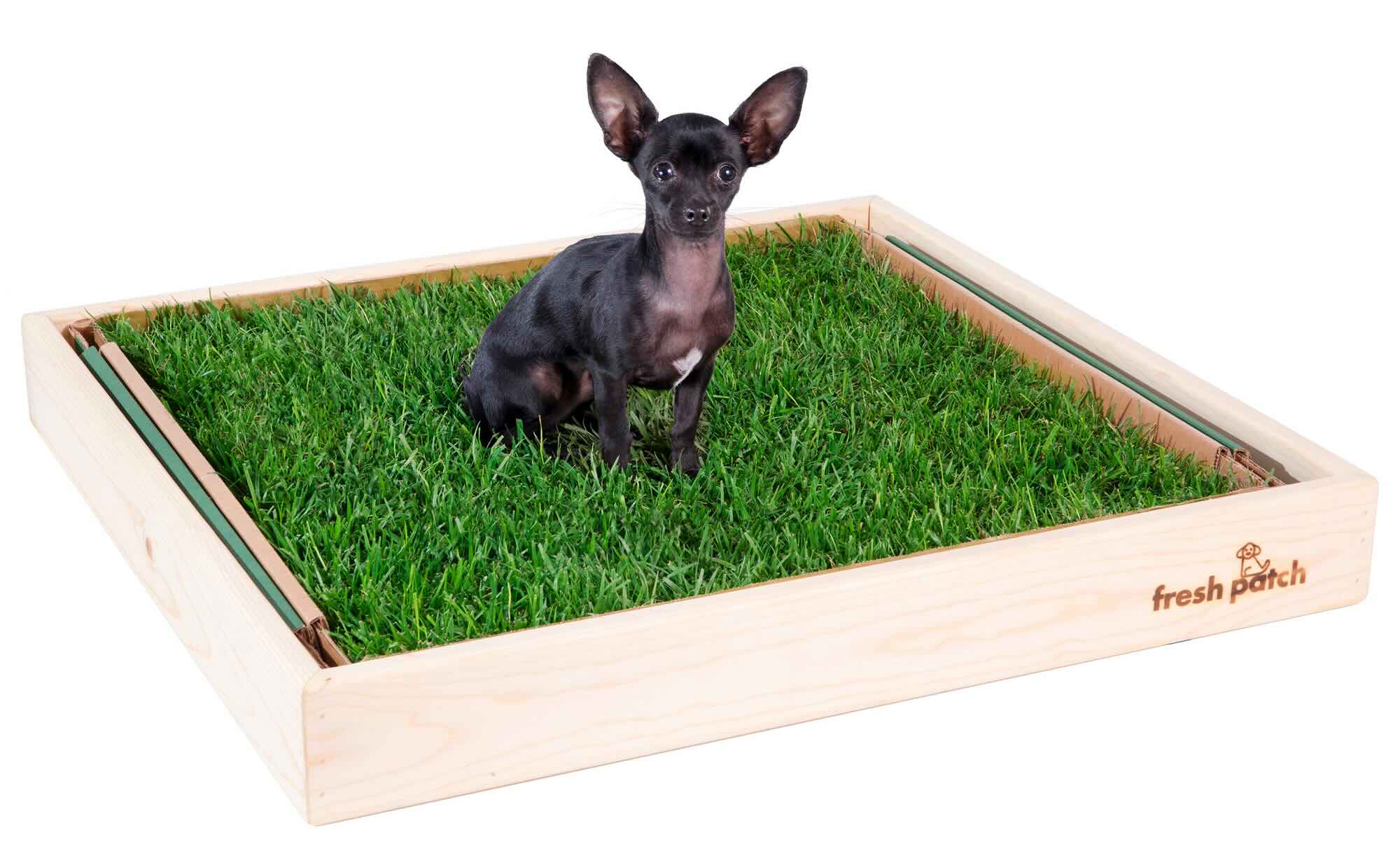
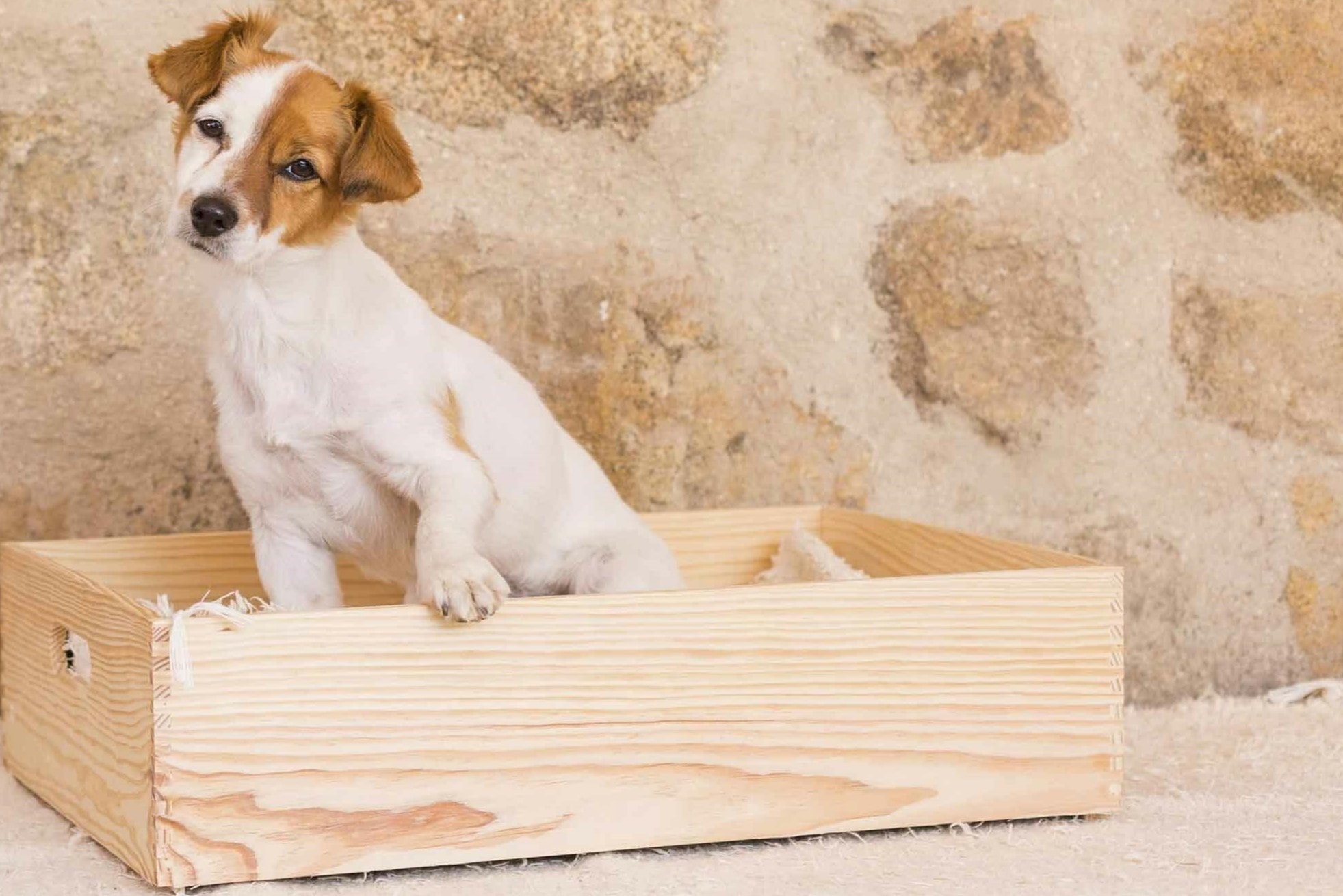
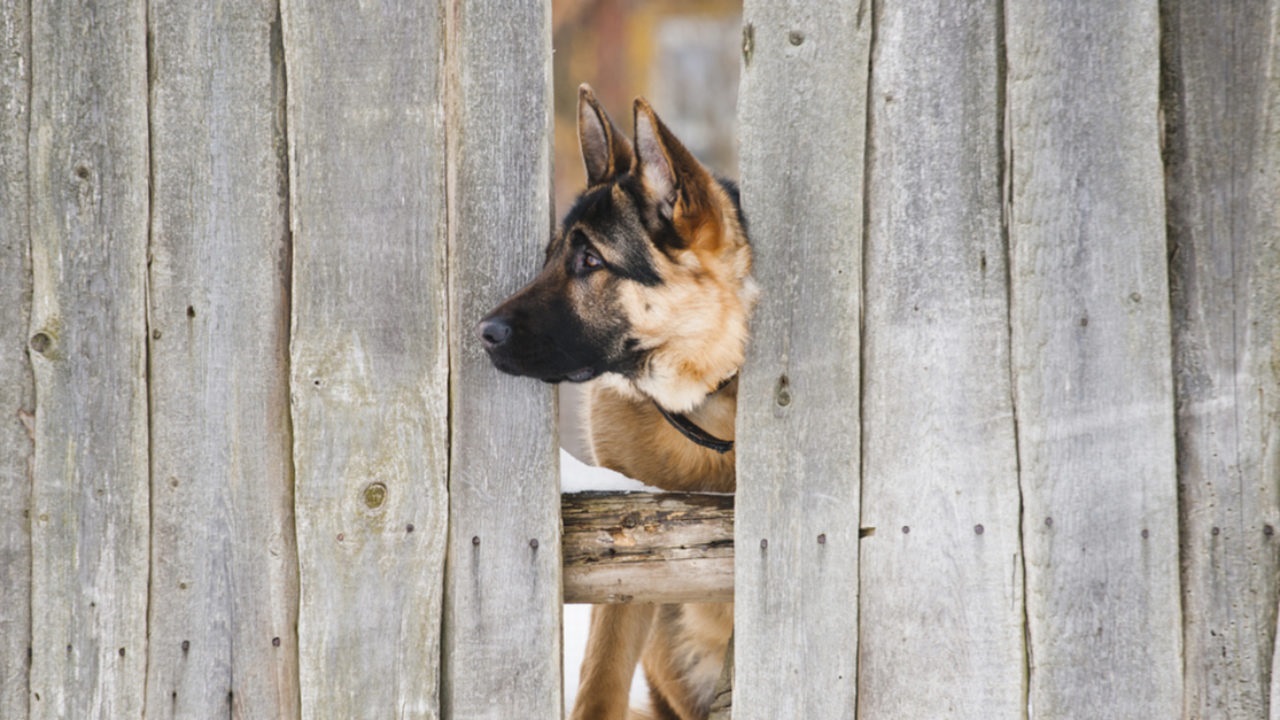
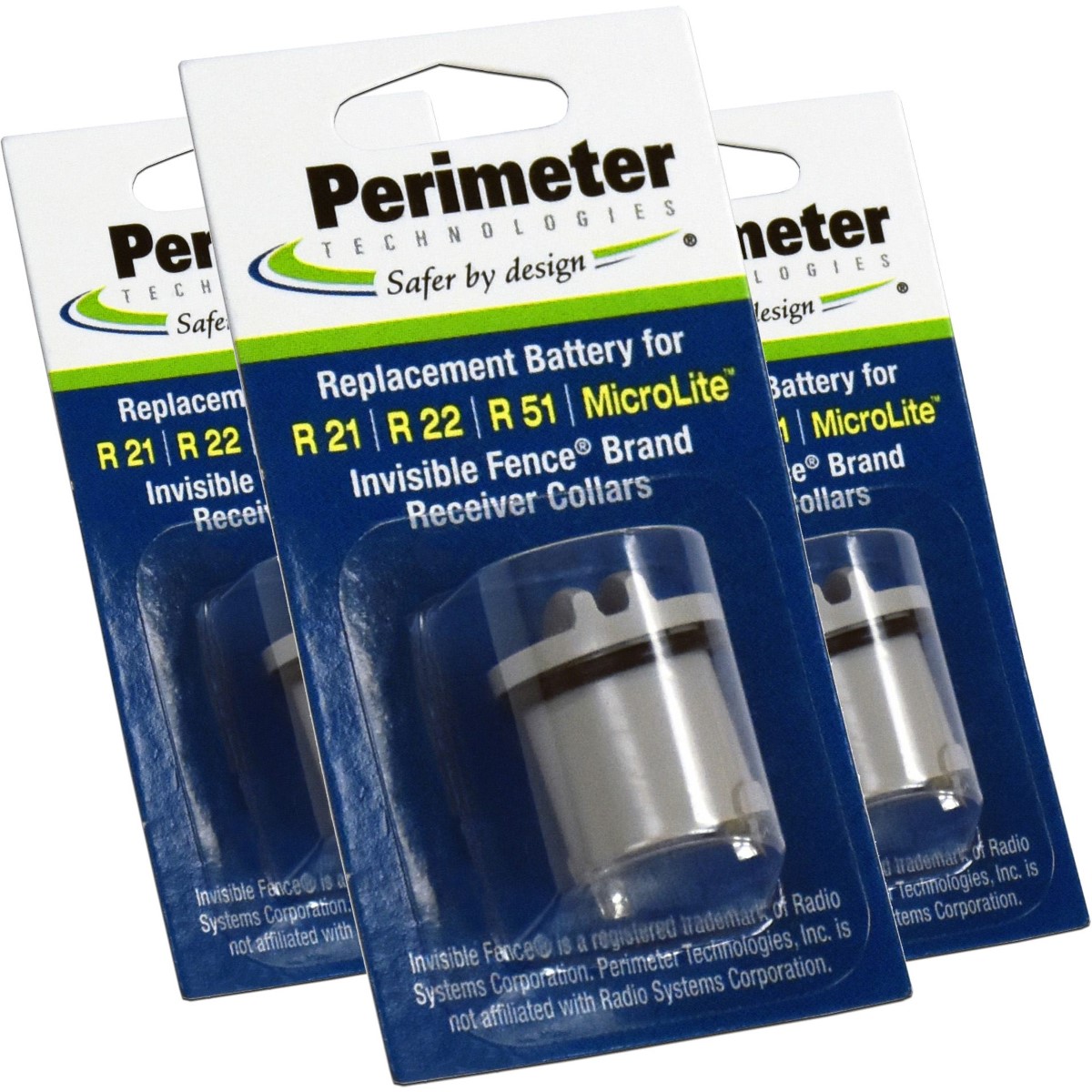
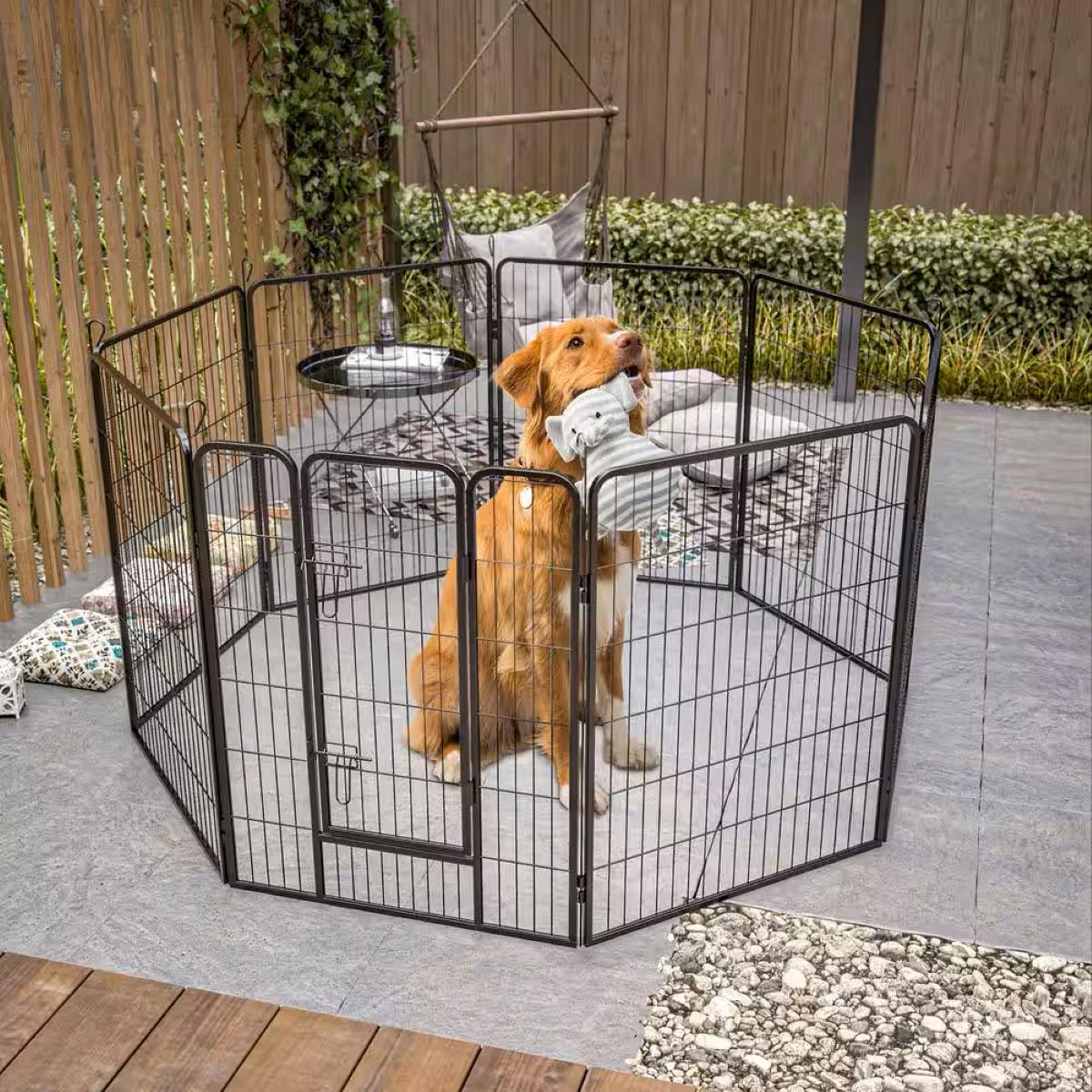
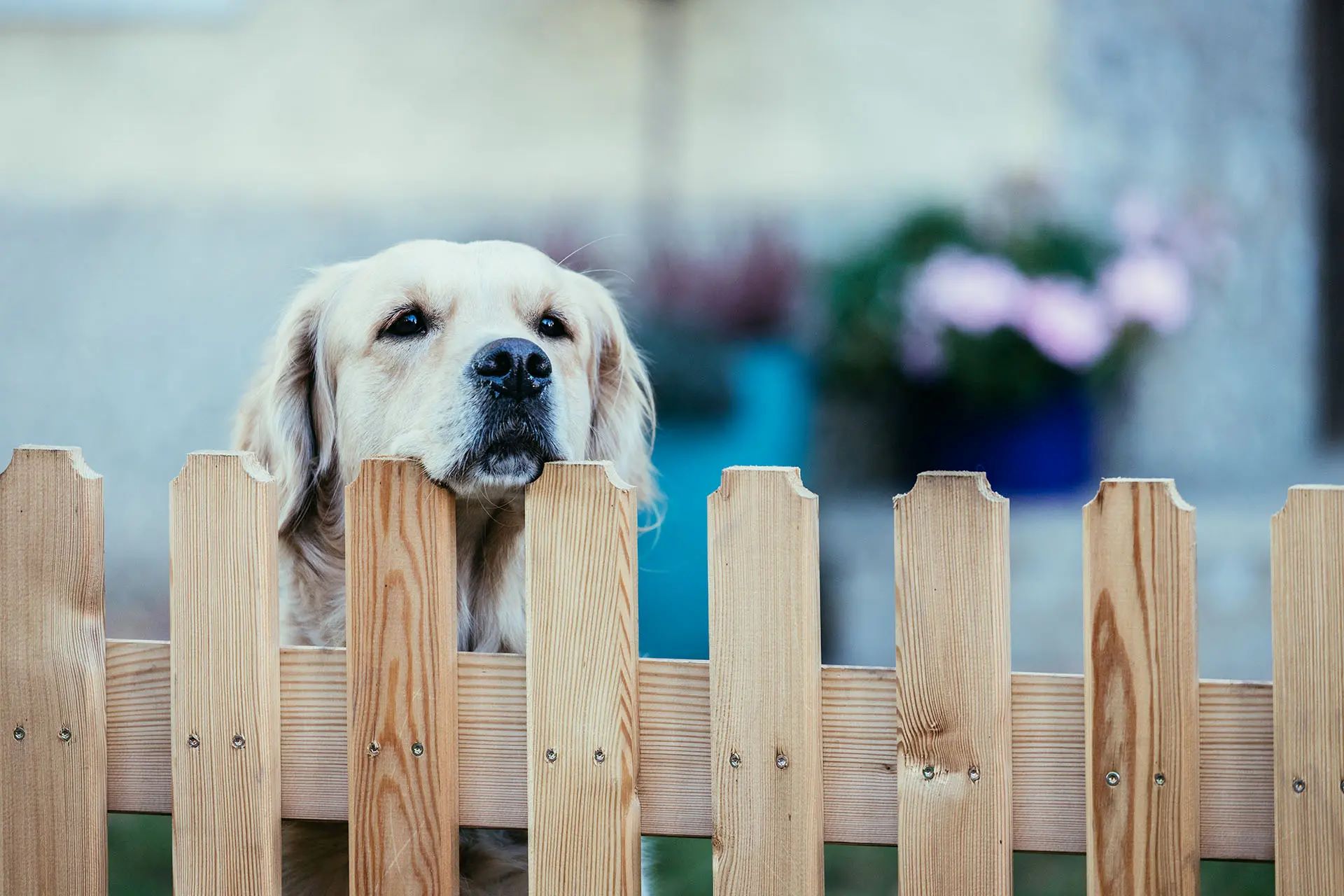
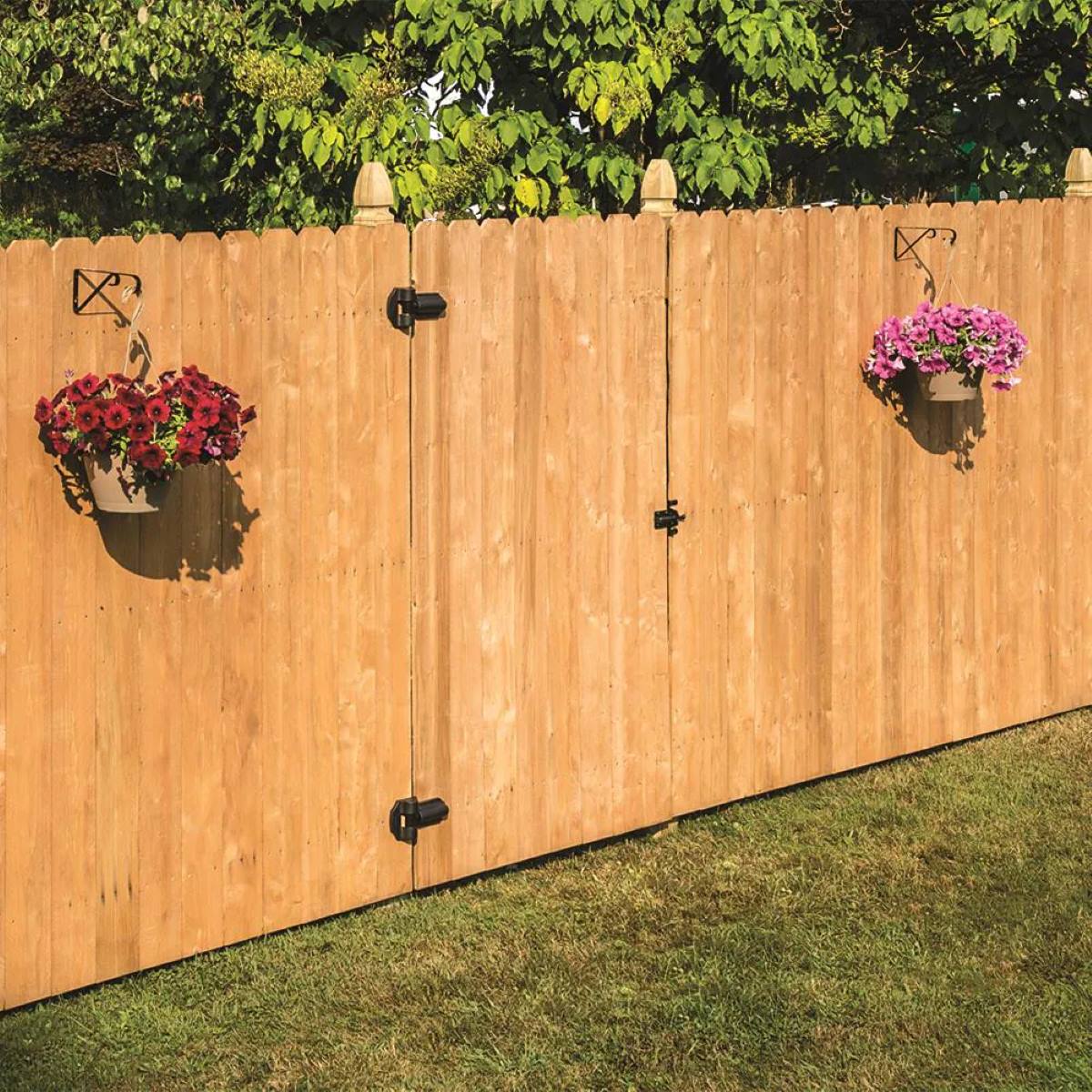
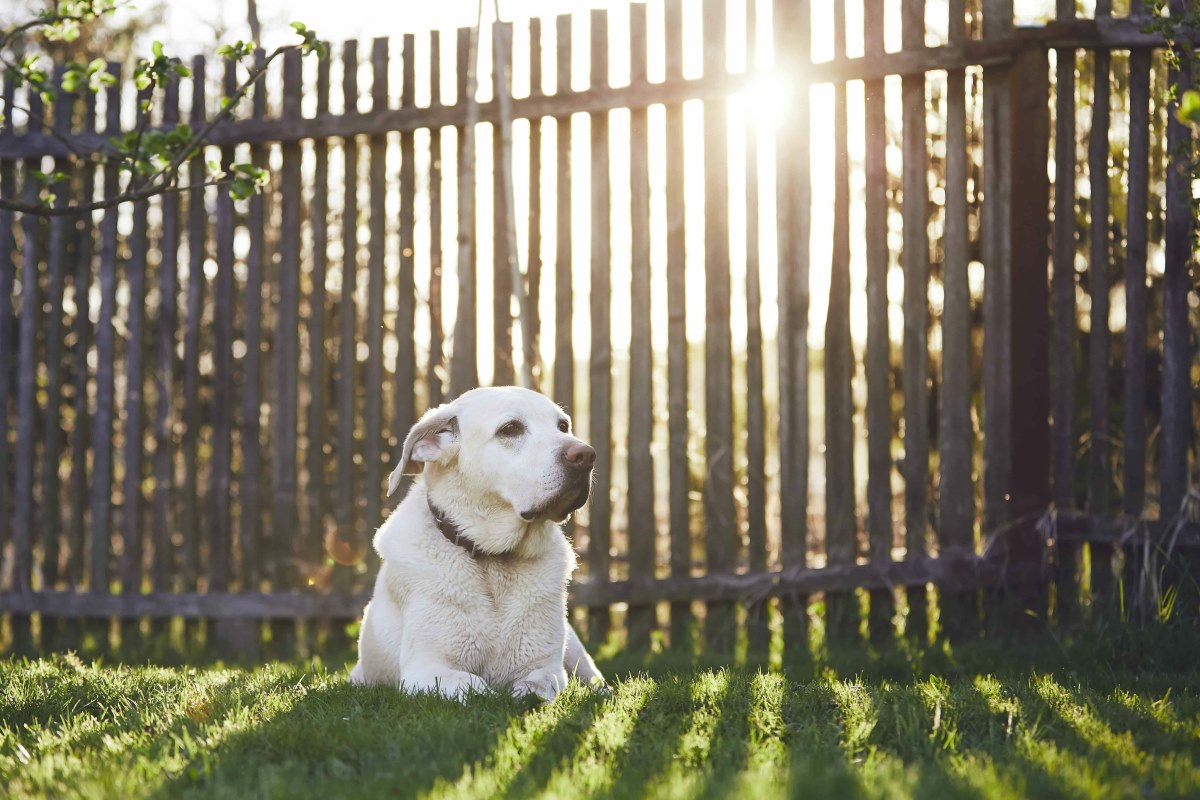

0 thoughts on “How To Train A Dog On An Invisible Fence”